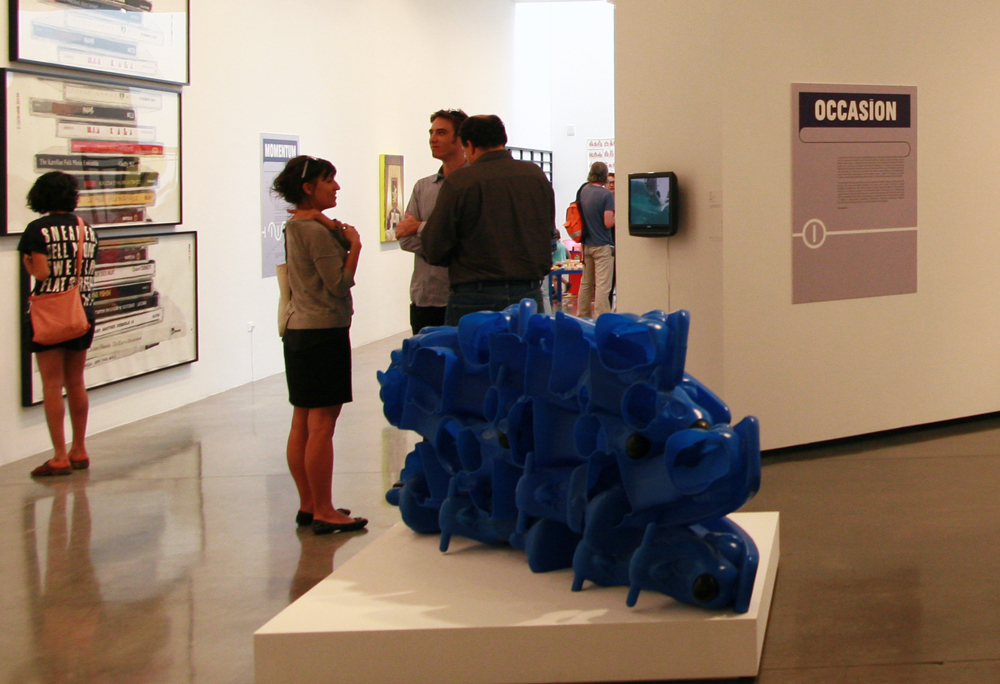OCCASION
Do we have time for beauty? In De Re Aedificatoria, Leon Battista Alberti defined beauty as “that reasoned harmony of all the parts within a body, so that nothing may be added, taken away, or altered, but for the worse.” The reasoned harmony that Alberti posits as a necessary condition for beauty collapses in the face of unreasonable demands on our time. If we do everything that Alberti tells us it will make it worse. We add, we alter, we take away, and we’re left with a most irrational, temperamental result with little resemblance to the perfect whole. Under the impetus of these stresses, what should be familiar and homey is made grotesque and unrecognizable.
The Vitruvian Man by Leonardo da Vinci furnishes the classic diagram of proportional beauty, the masculine body inscribed in a circle and a square, but he’s a lonely paradigm of perfection. No mate or family or friend could be added to this reasoned harmony. He remains locked in his immobile stance, reaching for an unattainable state of balance. By contrast, we live in a realm that perhaps lacks Cartesian order, but is full of people and of occasions for creating un-beautiful work. In this world, the ideal of beauty is fragmented, dissected, recombined, distorted, replicated, warped, transported. You might say the occasional replaces the beautiful.

